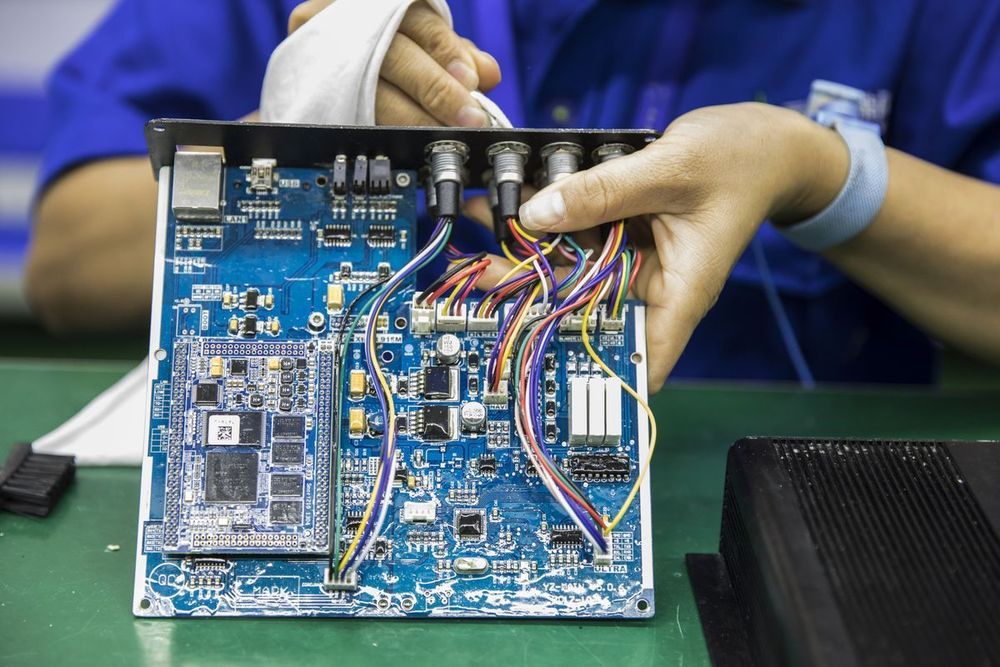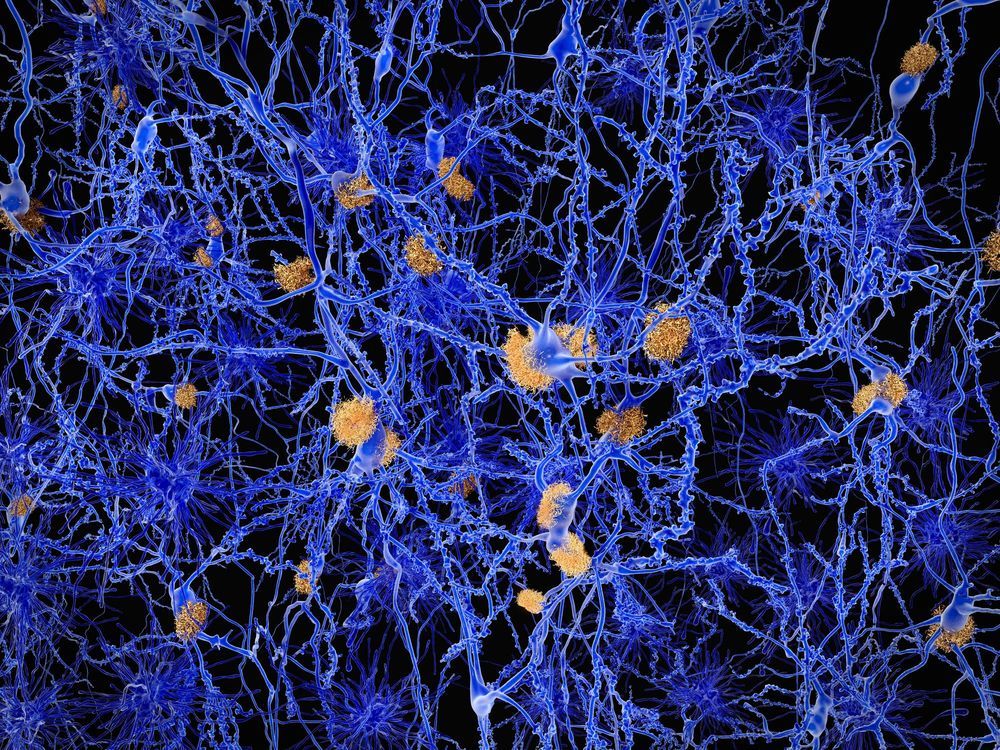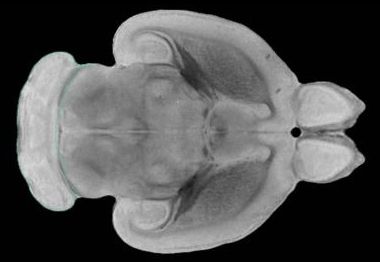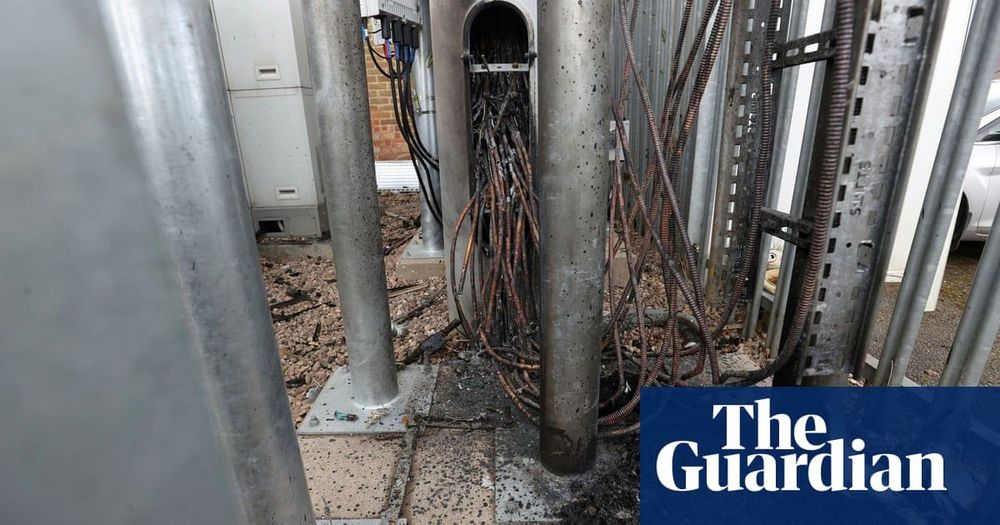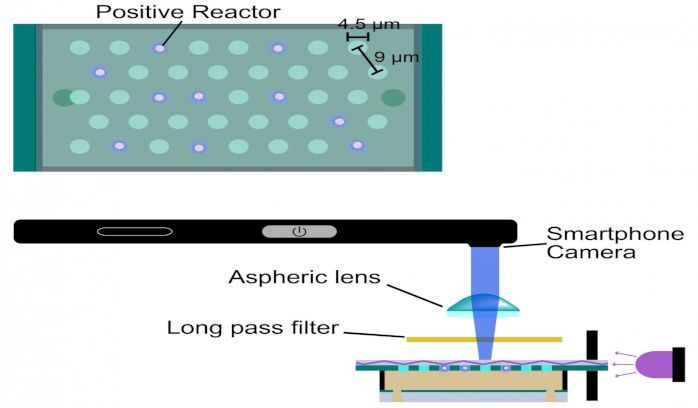Apr 8, 2020
Japan to Fund Firms to Shift Production Out of China
Posted by Kelvin Dafiaghor in categories: biotech/medical, economics
Japan has earmarked $2.2 billion of its record economic stimulus package to help its manufacturers shift production out of China as the coronavirus disrupts supply chains between the major trading partners.
The extra budget, compiled to try to offset the devastating effects of the pandemic, includes 220 billion yen ($2 billion) for companies shifting production back to Japan and 23.5 billion yen for those seeking to move production to other countries, according to details of the plan posted online.
